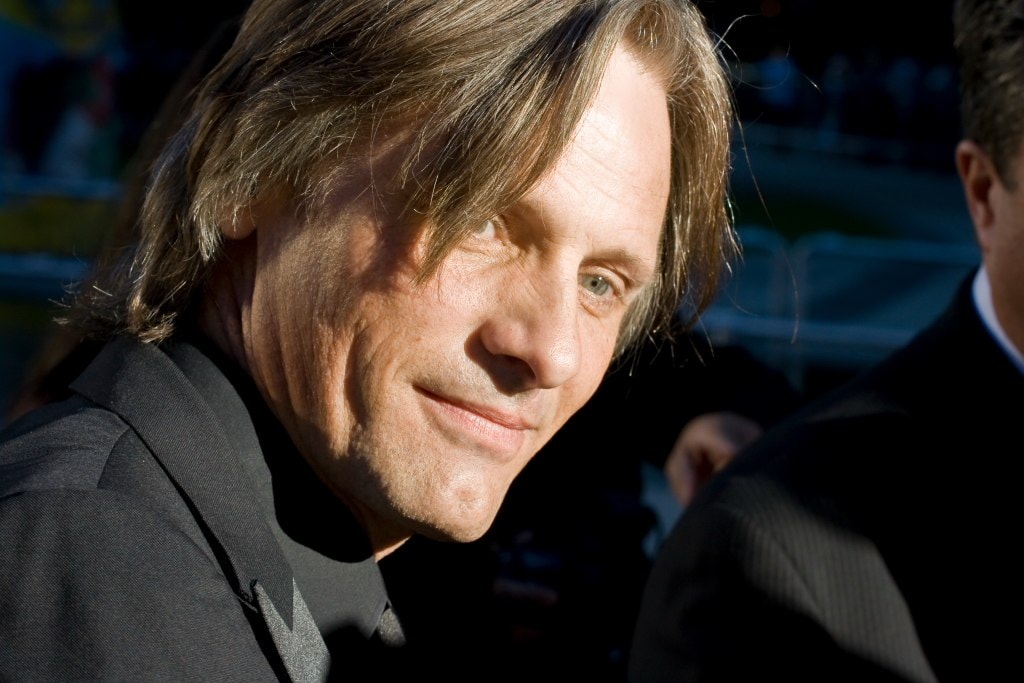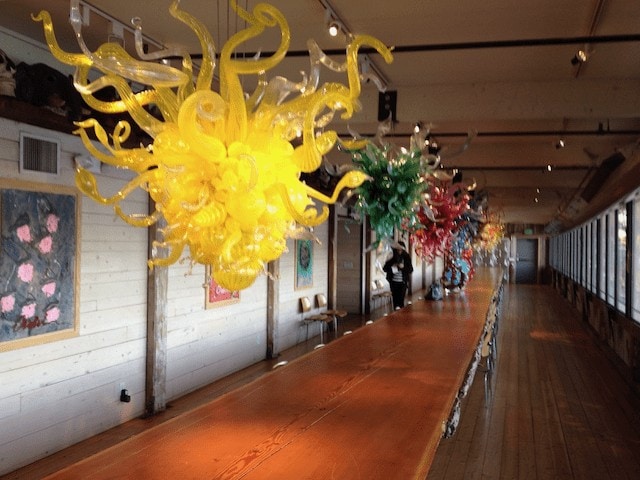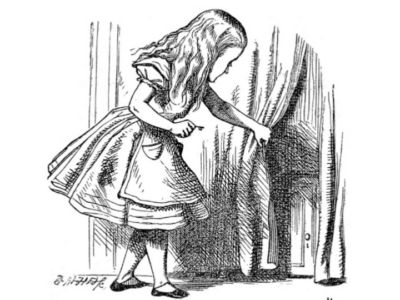You can’t connect the dots looking forward; you can only connect them looking backwards. So you have to trust that the dots will somehow connect in your future.”
Steve Jobs on how to find your creative direction
The accidental creative
A while ago now, I had a conversation with a coaching client that stuck with me. She is an exceptional creative, one of the best in the world at what she does, and yet she finds it hard to give herself credit for her achievements.
“It all happened by accident,” she said dismissively. “It’s not like I chose this. I just stumbled into it, like I do everything else.”
It led me to thinking how most people I’ve ever interviewed feel this way. As a journalist I’ve met creatives of all kinds, people at the very top of their fields. Whenever I ask them how they got there, they have two answers. The first is a neat potted biography, prepared to answer this question whenever it comes up.
I listen to this politely, then ask what they’ve edited out of that linear story. Inevitably there is laughter followed by a long, convoluted tale involving coincidence, lots of blind stumbling, mistakes, detours and blind alleys – and a sense of direction that only looks clear in retrospect.
Viggo Mortensen’s advice to his son
Viggo Mortensen grew up in Buenos Aires, rural Argentina, and then in a remote part of upstate New York. He studied politics and Spanish in university, then worked as a truck driver in Denmark and sold flowers in Copenhagen amongst other odd jobs, before finally deciding to have a go at acting. Which, it turned out, he was pretty good at.

When I interviewed Mortensen in 2013, his son had just graduated from Columbia University in New York and was about to move to the UK to study anthropology. But he was worried that the subject could only really lead to a job in academia. His dad told him to relax, and stop worrying.
“I said first of all, you’d make a great professor. But, even if you end up doing something entirely different, by going to England and studying more, you’ll be exposed to so many things.
“I have no expectation that you’re going to be an anthropologist. You can do something else. It’s up to you. And up to fate, to some degree. I got a degree in political science, and I’m an actor in the movies. So who the hell knows!”
Finding the art of glass
A year later, I went to Seattle to meet the artist Dale Chihuly. His glasswork made him famous across the world – eventually.
If you’re in the UK you probably know him best from his shows of sculptures in and around the glasshouses and lakes of Kew Gardens, or the spectacular 27-foot chandelier that hangs in the entrance hall of the V&A Museum in London.
In the US, you may be familiar with the glass ceiling he made for the Bellagio hotel in Las Vegas, or the Chihuly Garden in Seattle.
The son of a butcher, he only went to college because his mother wanted him to. He was a terrible student who drank, partied, and felt a C grade was fine until he dropped out of school entirely, to go travelling round Europe and the Middle East. Then a chance encounter with an Israeli soldier in a kibbutz changed everything.
“We went on guard duty at night, and he drove me around a lot. I was just enamoured with him. He was like a father figure to me, although he was the same age. I started thinking about my own life, drinking in a fraternity, not doing well in school. And I became determined to go back and do a good job.”
In between there was a random weaving course he took that led tangentially to an interest in glass; a design job in an architect’s office that he gave up to work on an Alaskan fishing boat; an awful car accident, in which he lost the sight in one eye; and a career as an academic.
He only became a full-time artist in 1980, gradually turning his home city of Seattle into a world-renowned centre for glasswork. It is, he said with a laugh, a muddle of a life that only makes sense looking back.

How to get ahead in the music industry
My point is that very few of us know where our lives are leading us.
My brother-in-law became the head of maintenance at Abbey Road Studios, looking after all of the complex recording equipment and mixing desks there for nearly 30 years.
He got this prestigious job because he is really, really good at what he does. But it all started years before, when he stood in the wrong queue at the EMI apprenticeship induction. He’d thought he was opting to train as an electrician in one of the company’s factories; he ended up working in studios.
A few people know exactly what they want to do from the start, and are systematic about getting there. I first met Chris Martin, Katy Perry and Ed Sheeran at the very beginning of their music careers, and they were all clear that they wanted to be world-class, playing stadiums and selling albums by the million.
But even this only seems relevant now that they’ve done exactly that. The truth is, many of the musicians I meet say similar things. Standing up in front of an audience to perform songs you have written takes a certain amount of confidence, or bravado. And why not aim to be the very best?
Not all of them actually made it to the top in music. But some of them are now comedians and TV presenters, film directors and writers, artists and entrepreneurs. And if I asked them now, they’d probably all say they learned something useful from their time performing in a band.
How to find your creative direction
This is also relevant if you want to make a change, later on in your career. Lots of clients come to me for coaching because they’re not sure about their next moves. Their industry has changed. They have changed. The job they’ve done for years no longer feels like a good fit, but they’re not sure where to go next.
The usual advice, if you’re not so sure of your direction, is to follow your passion. Which is fine, as far as it goes. But what if you don’t know what your passion is?
Sometimes, a skill only becomes a passion once you’ve practiced it enough to get really, really good at it. We have many competing interests, none of which seem to point in a clear direction. Or we’ve lost touch with who we are and what lights us up, our passions buried under a mass of work and family responsibilities, until we can no longer find them.
To have a rich, creative life, we must try new things.
To experiment, get curious. We need to stumble down wrong paths, without berating ourselves for failing. We need to be constantly meeting new people, opening to new experiences, allowing ourselves to try something just because it’s interesting, or fun, or scary. Because it makes sense to us at that moment, even if it looks like madness to everyone else.
As we get older, this can become harder to do. There’s something exciting and endearing about a creative in their twenties striving for something just out of their reach, trying to break new ground and not quite getting there.
Later on, we’ve got bills to pay, people who rely on us. But we’re also perhaps more worried about making a fool of ourselves, with an insistent voice in our heads telling us that we really should know what we’re doing by now.
I’d urge you not to give in to those inner voices. They’re trying to keep you safe, but they’re also keeping you small. Explore. Try new stuff, and see if you like it. Revive old dreams, and find out if they still excite you. Research, play, read, connect. Try on new lives, new tasks, new roles, and see how they feel. It’s never too late to find a new creative direction.
None of this effort is wasted.
Not even the failures, the dead ends and the wrong turns. Eventually, it will all weave together into a rich tapestry of skills, knowledge, people, places – all the things that make you uniquely you. You might think you’re taking a completely new path, starting fresh rather late in the game. But that’s never entirely true. You’re bringing all your experience to this new thing.
It’s good to have a plan. Of course it is. It’s great to know what direction we’re going in. But a lot of the time, if we’re honest, we are just stumbling about, waiting for the path to appear, for some indication of what our next logical steps should be.
And that’s OK. When you’re feeling lost, just keep making new dots. They’ll join up to create something coherent, eventually.You’ll find your path, your creative direction. And it might be something extraordinary, if you give it time and space to grow.
Want to try a creative coaching session? If you’re curious but not sure if it’s for you, I do a limited number of 90-minute introductory sessions each month, for the special price of £99. If you’re a creative professional who would like to experience coaching, and see what it could do for you, apply here.






I especially love this :…but what if you don’t know what your passion is?
And the followup!
Or, as my mindful meditation joy class just suggested …. let it go 🙂
Think I’ll do a bit of both.
Thank you!
Love this topic and entry! Thanks for writing it! I needed to read it today. 🙂